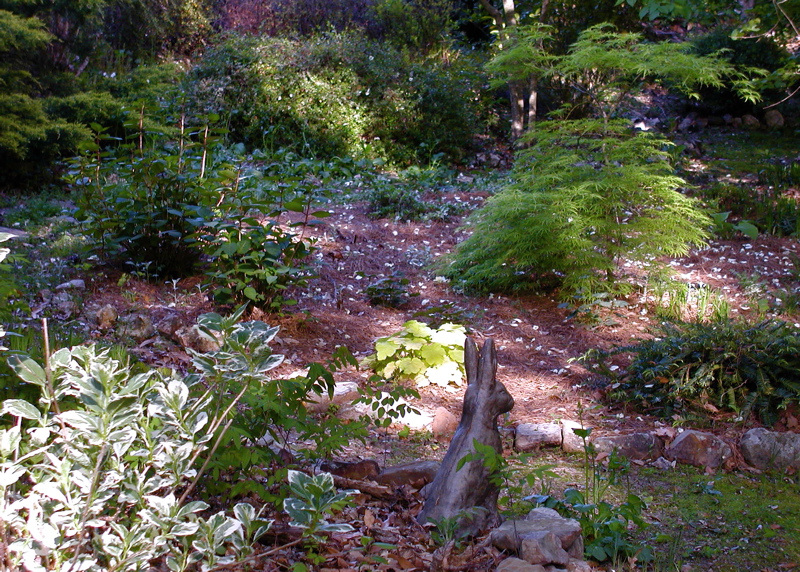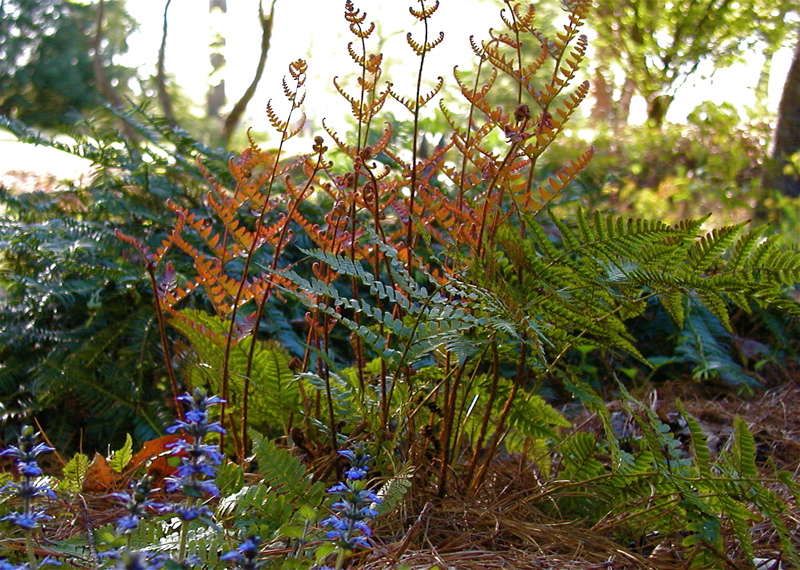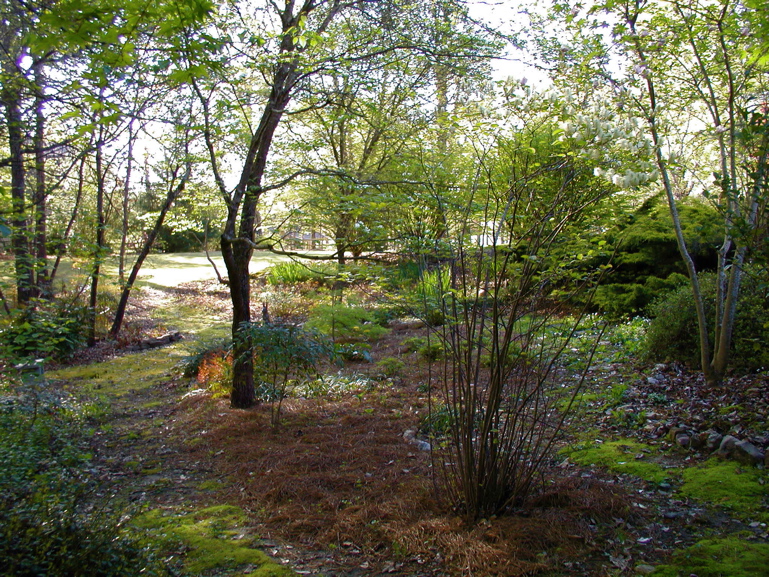Foxgloves Are For You, Maybe
 Thursday, April 22, 2010 at 12:10PM
Thursday, April 22, 2010 at 12:10PM In the Old World there were fairies who befriended the creatures of the forest. Sympathetic to the plight of foxes, they made gloves of a woodland flower for them to wear when they raided local hen houses, making it easier to sneak in without being heard. And so the locals began to call that flower "foxglove".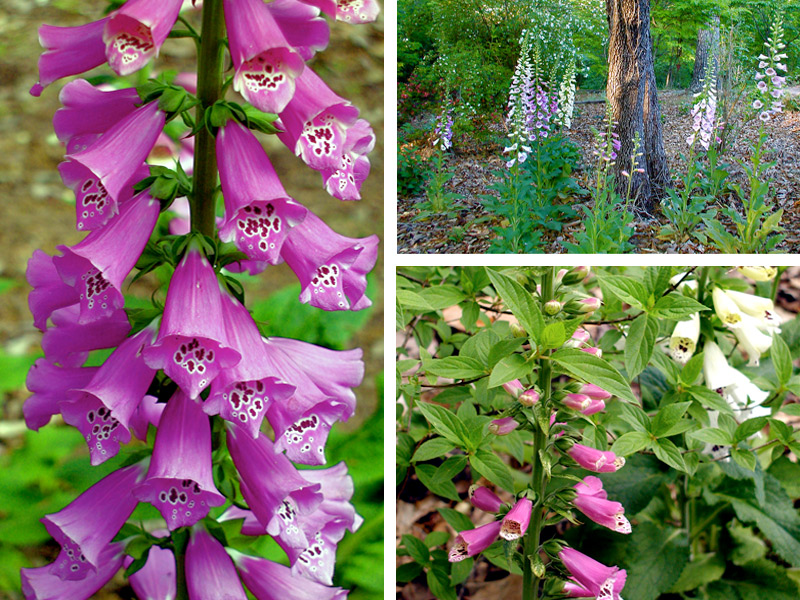
Digitalis purpurea, a native of Ireland, gets its scientific name from the latin words for finger and purple, which describe the shape and color of this common form. An extract of a yellow species, digitalis lanatae, is used for digoxin, a heart medication which increases contractility of the heart and slows the heart rate. Remember that all foxgloves are highly toxic if ingested.
This beautiful flower grows two to five feet tall in moist, acid soil in sun to partial shade, zones 4-8. They sometimes live in zone 9 if given plenty of moisture and no afternoon sun. If you want to kill a foxglove, plant it in an exposed area with poor soil! While there are perennial forms, most foxgloves are biennial, meaning they grow the first year, then flower and produce seed the next, then die. I have had a number of foxglove volunteers in my garden, but I usually buy a few each year to add to their numbers. Foxgloves can be propagated by either seeds or division in early spring. My dream is to have a path through the woods, surrounded on both sides with foxgloves. It hasn't happened yet. I think my soil is a little too lean and dry in the summertime for them to truly prosper.
The taller foxgloves may need staking. I use thin strips of old panty hose to tie mine to slender bamboo stakes, painted dark green for camouflage. It is worth the bit of extra work to keep them upright. (The stretchy fabric of old hosiery also makes a great tie for other plants that require staking.)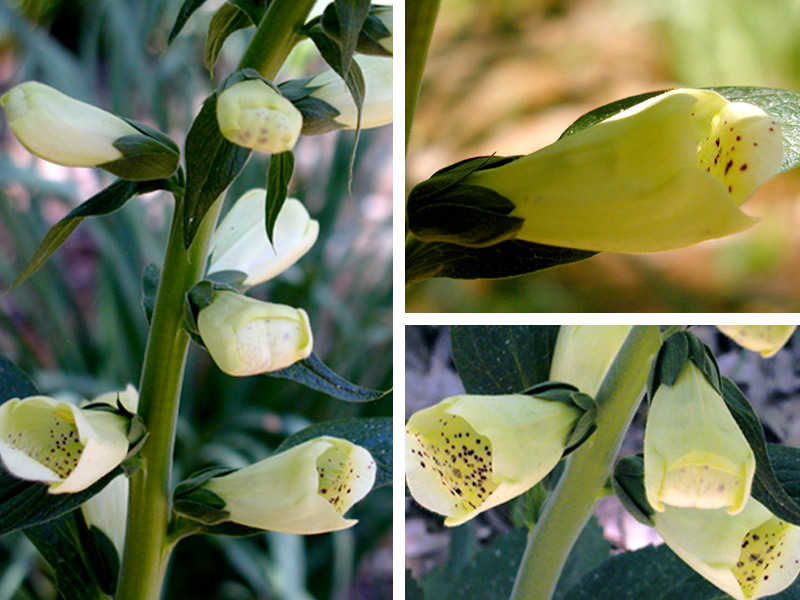
With good growing conditions, foxgloves are a wonderful addition to a woodland or cottage setting. Beware, however, if you have pets or children that might eat them. And watch out if you have a hen house!

